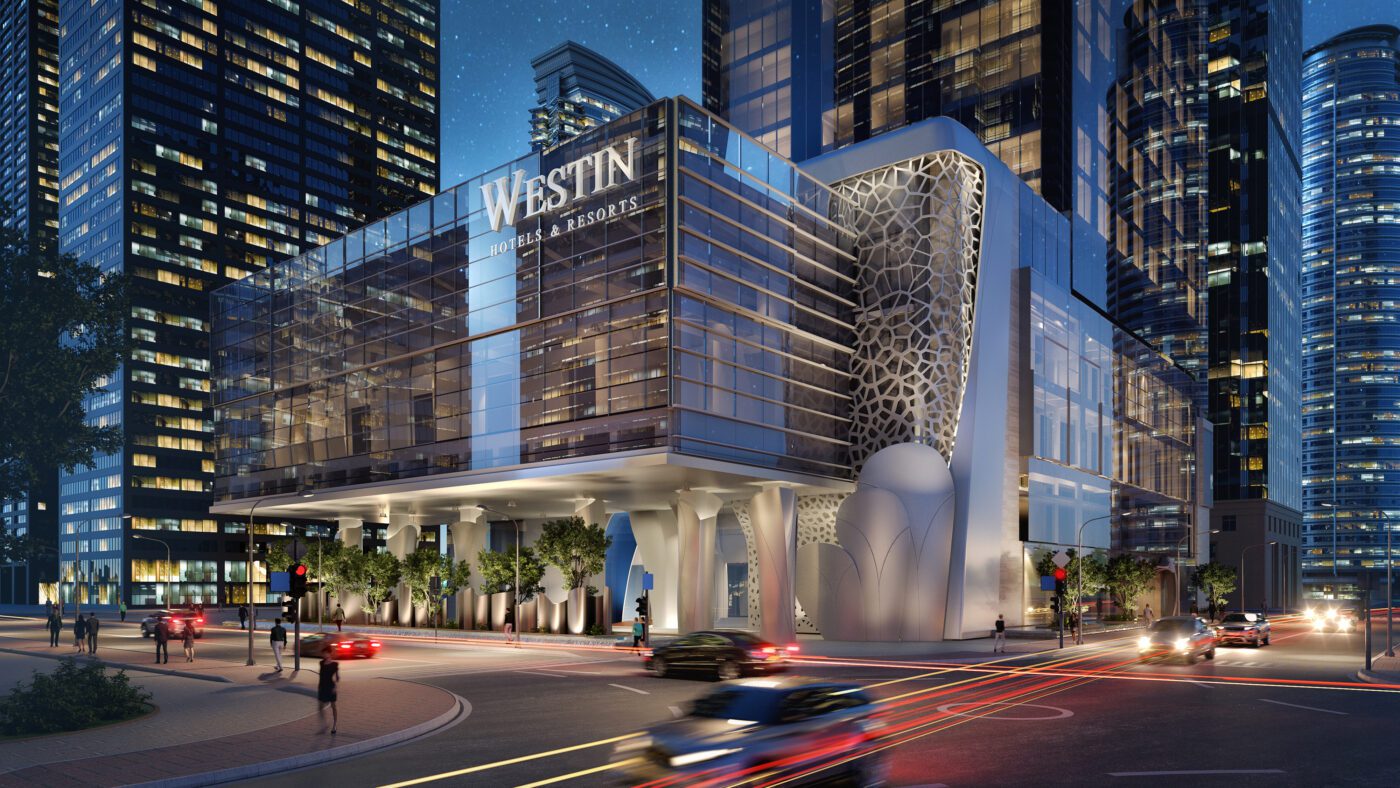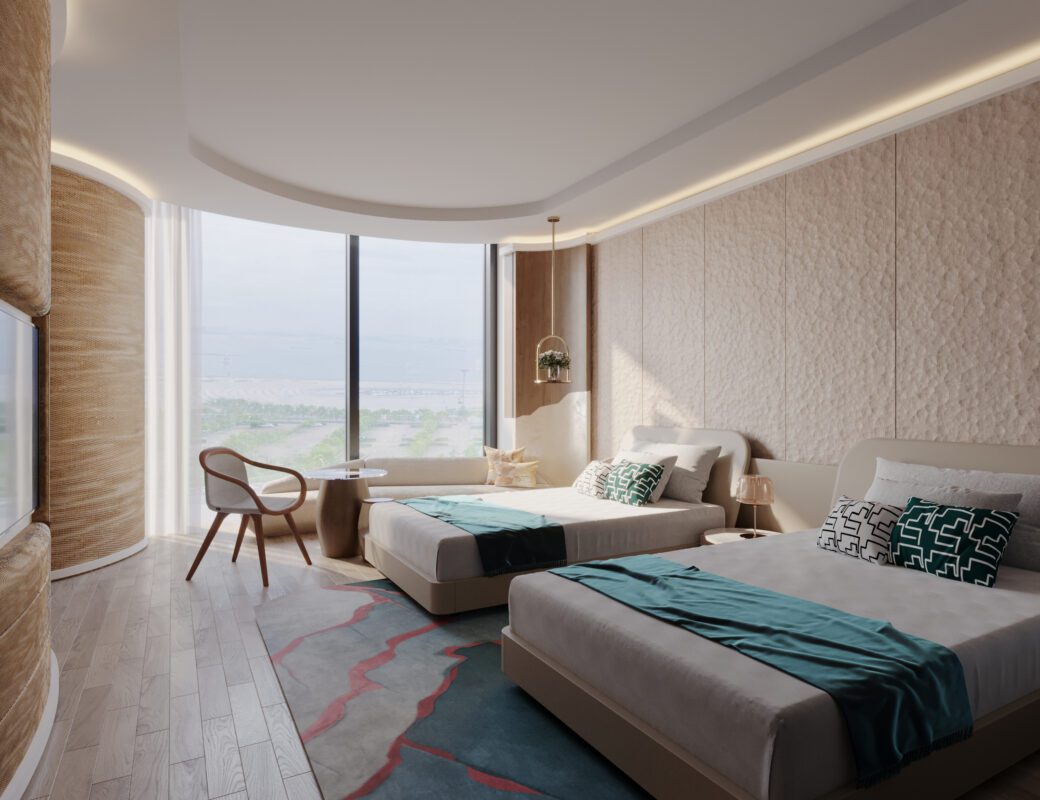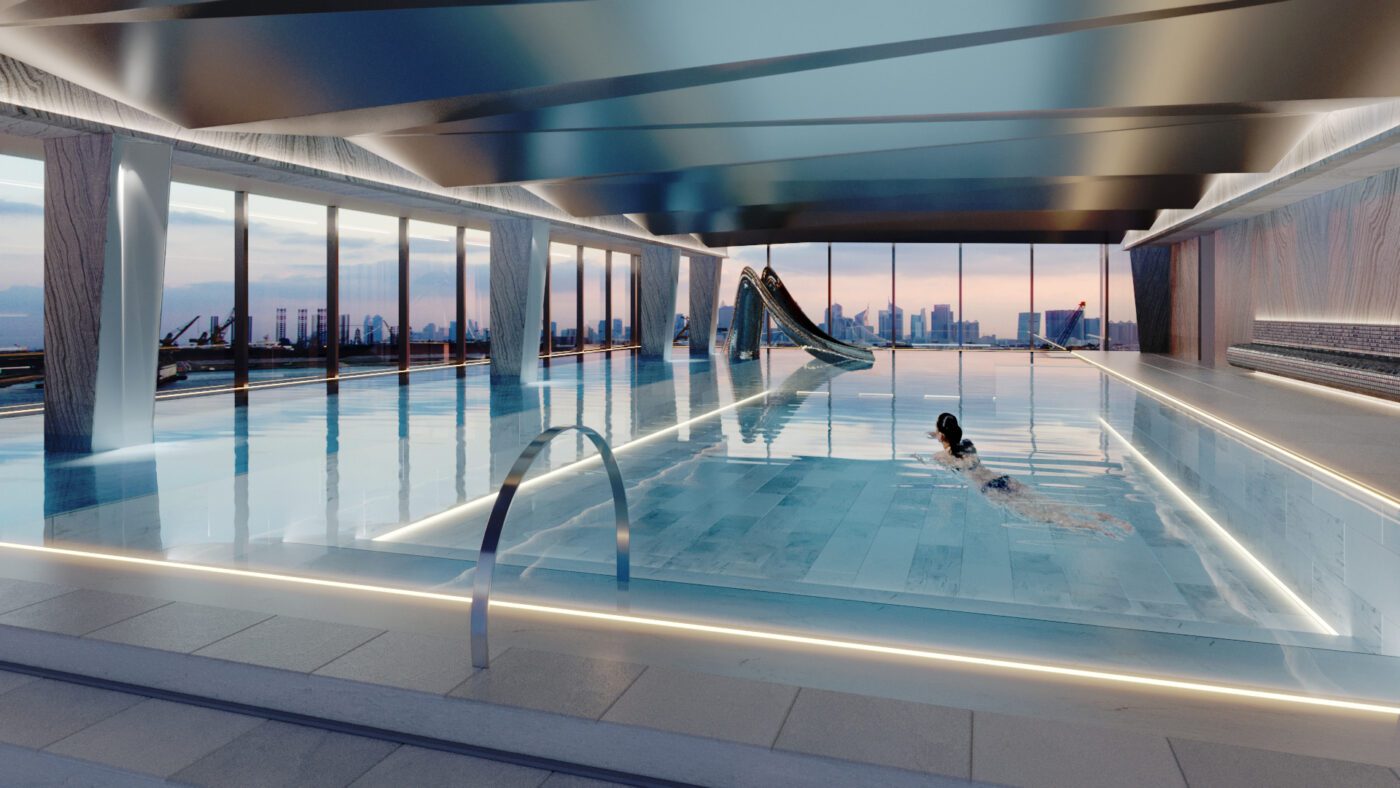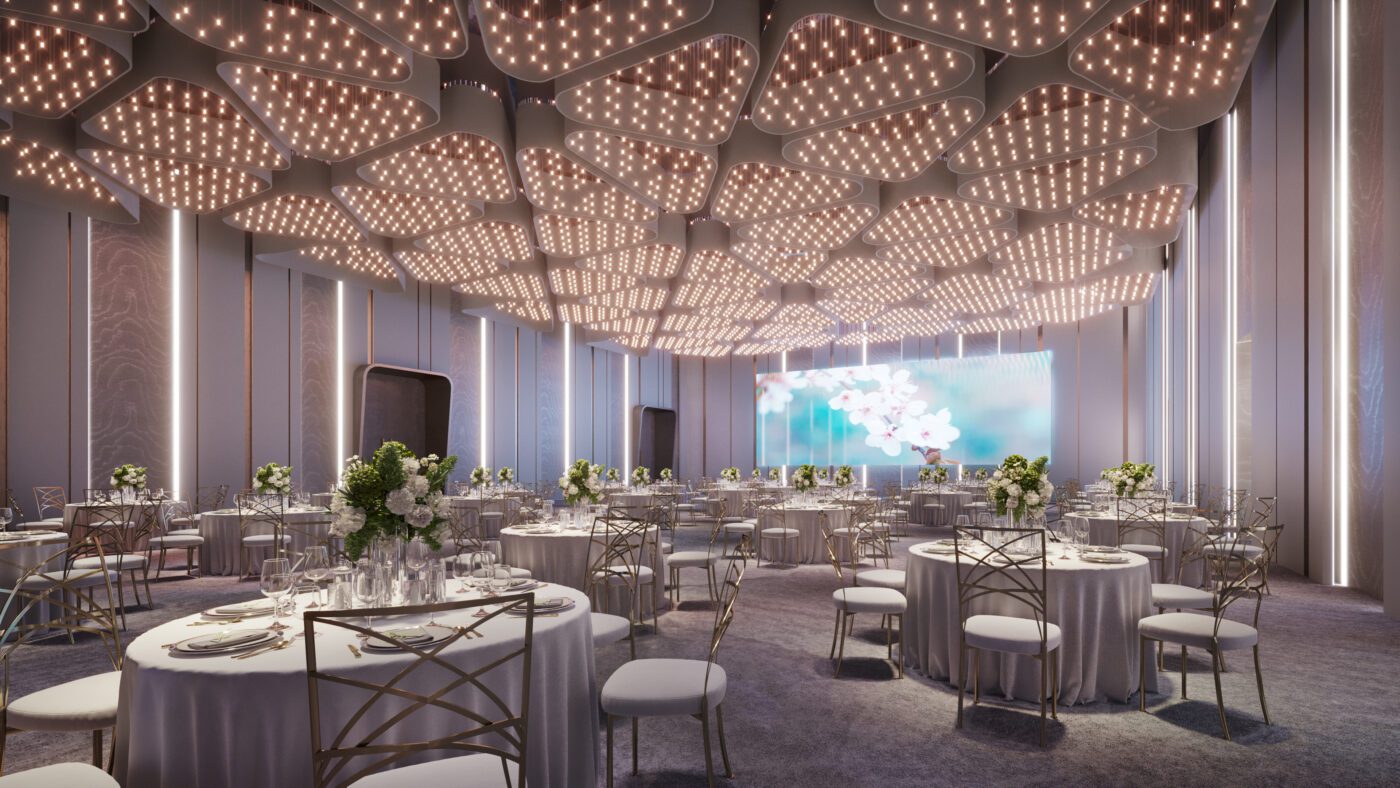In the hospitality industry, creating a unique and modern hotel interior design that reflects the brand’s values and speaks to the target audience is crucial for standing out in a crowded marketplace. One of the most productive ways to achieve this is through hotel rendering, an essential tool in the design process that allows architects, designers, and developers to present their vision to clients and investors.
Hotel rendering involves digitally representing a hotel interior or exterior design using 3D modeling software. These realistic and accurate digital images allow designers and developers to see how the finished hotel will look before construction begins. This technology is instrumental in presenting design plans to clients and investors who may have difficulty visualizing the final product based on sketches or 2D drawings.
The Benefits of Hotel Rendering
Table of Contents
One of the primary benefits of hotel interior rendering is the ability to make changes and adjustments quickly and easily. This allows designers and developers to experiment with different design elements, colors, materials, and lighting options until they find the perfect combination that meets the client’s needs and preferences. Designers can make changes to the design quickly without incurring the cost of physical changes or rework.
Another benefit of hotel rendering is its ability to showcase a hotel design’s unique features and selling points. This is especially important for hotels aiming to create a distinctive brand identity or cater to a specific market niche. For example, a hotel that wants to promote eco-friendly practices can use hotel rendering to showcase sustainable design elements such as solar panels, green roofs, and rainwater harvesting systems.
In addition, hotel rendering can help save time and money in the construction process by identifying potential design flaws or issues before construction begins. This can prevent costly mistakes and delays, resulting in a more efficient and streamlined construction process. The technology can also save time and money in the construction process by allowing designers to identify potential issues early on.
Also, to its benefits in the construction process, hotel design exterior rendering is essential in presenting plans to clients and investors. Using hotel rendering, designers and developers can deliver a realistic and immersive representation of the hotel to clients and investors, allowing them to see how the finished hotel will look before construction begins. This technology can help gain investor buy-in, secure funding, and speed up decision-making.
Lastly, hotel rendering can create a unique and memorable guest experience by allowing designers to create a hotel that reflects the brand’s values and speaks to the target audience. By showcasing the hotel’s unique features and amenities through hotel interior rendering, designers can attract and retain guests, increasing revenue and profitability for hotel owners.
Presenting Plans for a Modern Hotel Interior
When presenting plans for a modern hotel interior, hotel rendering is an invaluable tool. Here are some ways it can help:
Presenting the Facade

The hotel facade is the first thing guests see when they arrive, and making an excellent first impression is essential. Hotel rendering allows designers to experiment with different materials, colors, and lighting options to create a facade that reflects the brand’s values and appeals to the target audience.
For example, a hotel targeting a luxury market may use rendering to create a grand and opulent facade showcasing high-end materials such as marble and gold accents. In contrast, a hotel targeting a budget market may use hotel rendering to create a simple and minimalist facade emphasizing affordability and functionality.
Presenting the Lobby

The hotel lobby is the centerpiece of the hotel interior and sets the tone for the entire guest experience. With hotel design exterior and interior rendering, designers can create a realistic 3D model of the lobby, including furniture, lighting, and decor, allowing clients and investors to see how the space will look and feel.
A hotel with a modern and sleek design may use hotel rendering to showcase a lobby with minimalist furniture, clean lines, and a neutral color palette. In contrast, a hotel targeting a more traditional market may use hotel interior rendering to showcase a lobby with classic furniture, ornate details, and a warm color palette.
Presenting the Rooms

Guests will spend most of their time in hotel rooms, and it is crucial to create a design that is comfortable, functional, and visually appealing. With hotel rendering, designers can experiment with different room layouts, furniture, lighting, and decor to create a space that meets the client’s needs and preferences.
If the hotel aims at a family market, it may use hotel rendering to showcase rooms with multiple beds, kid-friendly decor, and plenty of space for activities. In contrast, a hotel targeting a luxury market may use hotel rendering to showcase rooms with continue from In comparison, a hotel targeting a luxury market may use hotel rendering to showcase rooms with high-end materials, such as silk bedding, marble bathrooms, and custom-built furniture.
Presenting Amenities

Amenities such as pools, gyms, and conference halls are an essential part of the hotel designs, and they can make or break a guest’s decision to book a stay. With hotel rendering, designers can showcase these amenities to highlight their unique features and benefits.
A hotel anticipating penetrating a wellness market may use hotel rendering to showcase a pool and gym with state-of-the-art equipment, spa services, and tranquil design elements such as water features and natural lighting. In contrast, a hotel targeting a business market may use hotel rendering to showcase a conference hall with the latest audio-visual equipment, flexible seating arrangements, and high-speed internet access.
Conclusion
Hotel designs and rendering is a powerful tool that can help designers, architects, and developers bring their vision for a modern hotel interior design to life. By creating realistic 3D models of the hotel facade, lobby, rooms, and amenities, designers can showcase their unique features and benefits, experiment with different design elements, and identify potential design flaws or issues before construction begins.
Moreover, hotel rendering is essential in presenting plans to clients and investors, as it allows them to see how the finished hotel room design will look before construction begins. This technology can save time and money in the construction process by identifying potential issues early on, resulting in a more efficient and streamlined construction process.
In today’s competitive hospitality industry, creating a unique and modern hotel interior design is essential for standing out and attracting guests. Using hotel rendering, designers and developers can make a hotel room design that reflects the brand’s values, speaks to the target audience, and offers a memorable and enjoyable guest experience.

